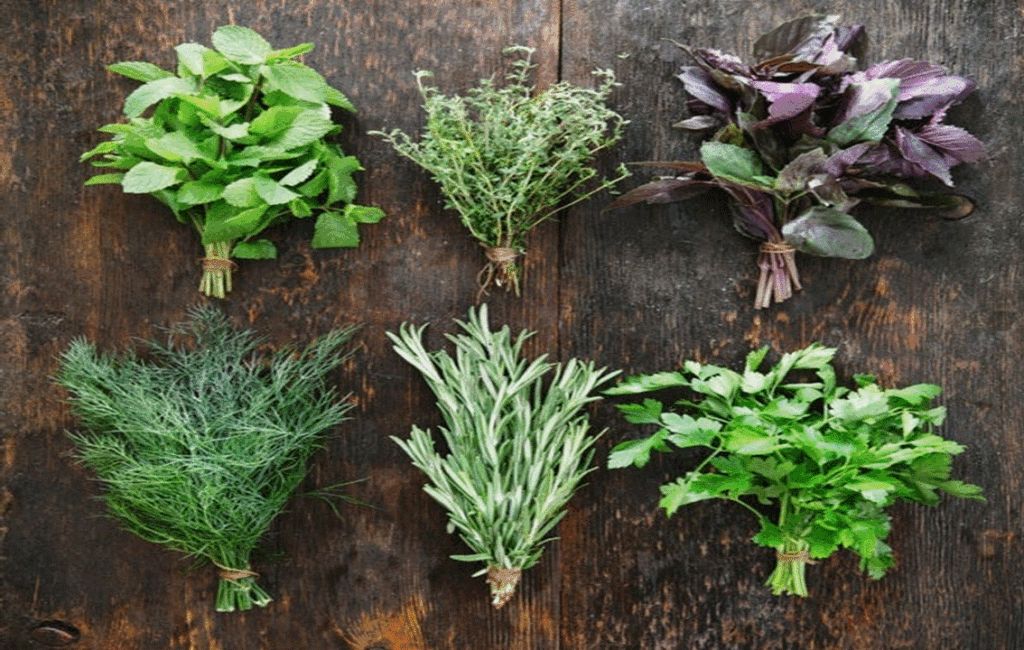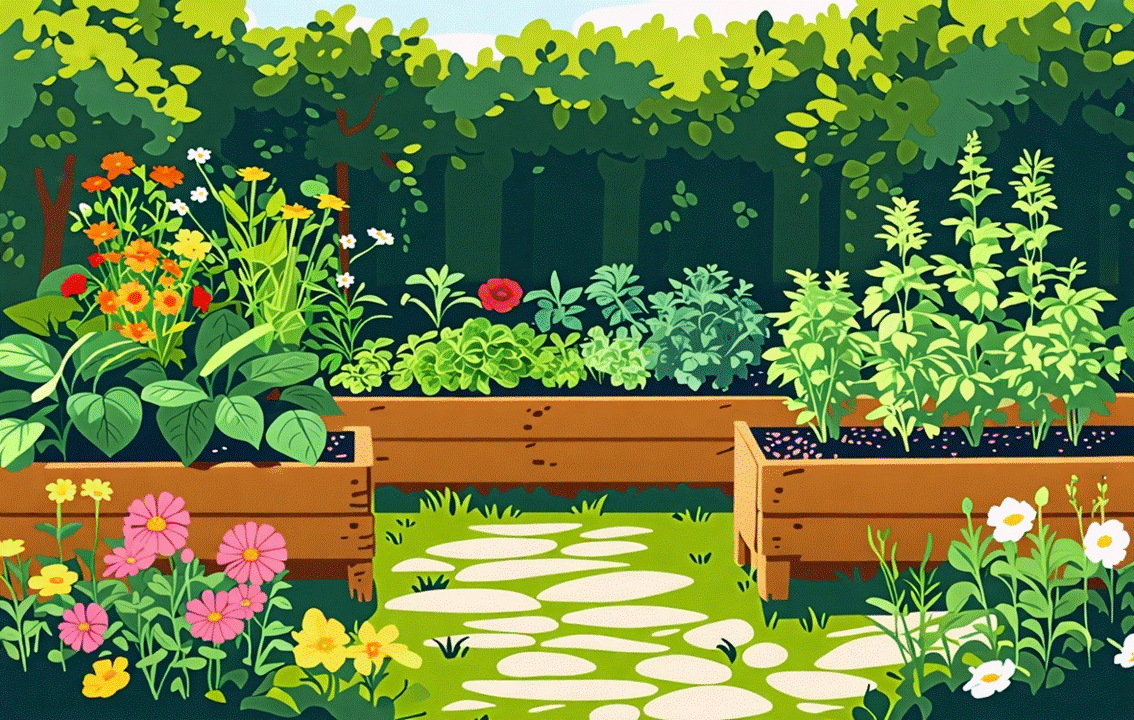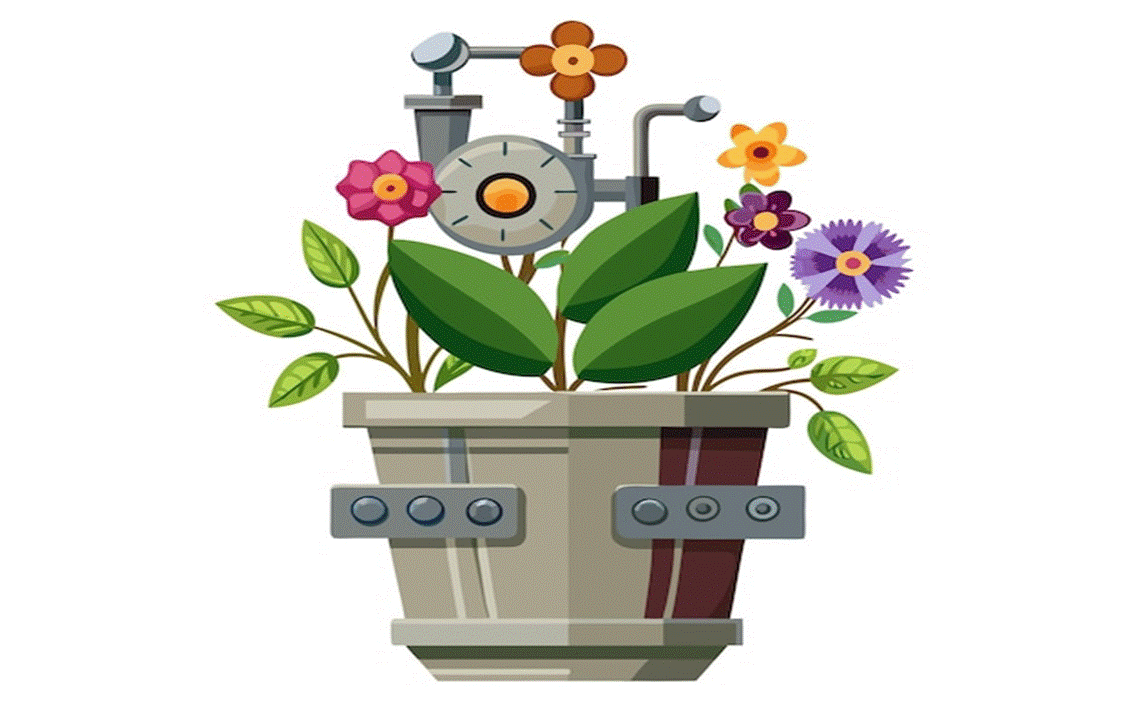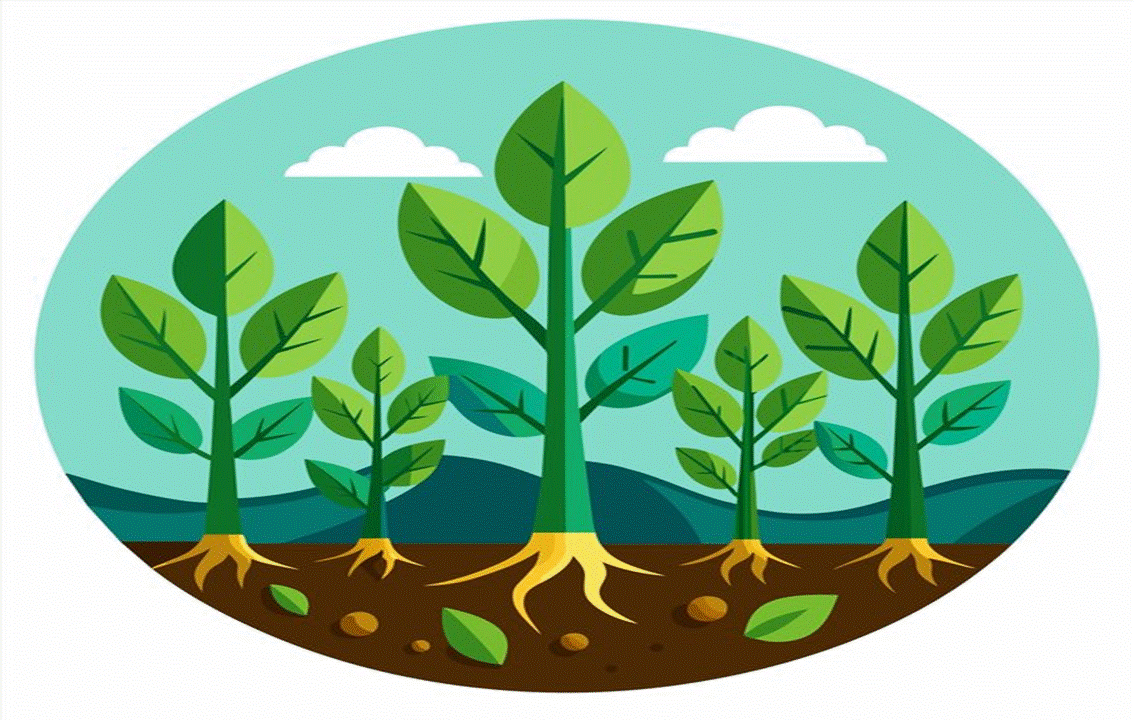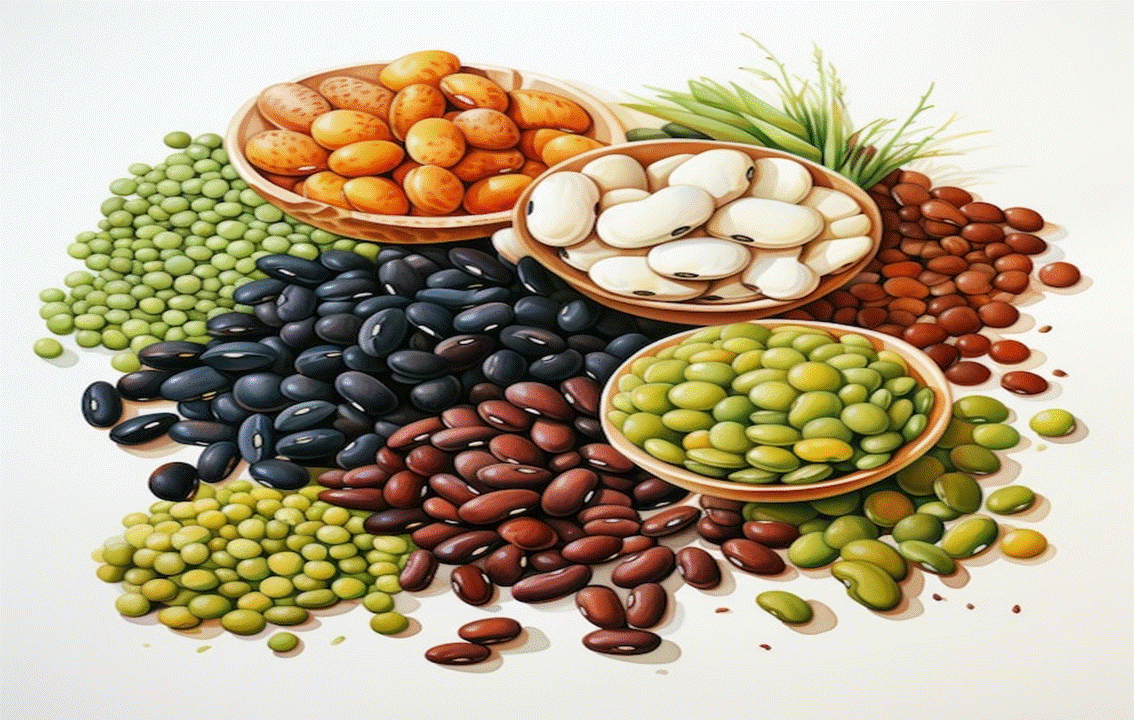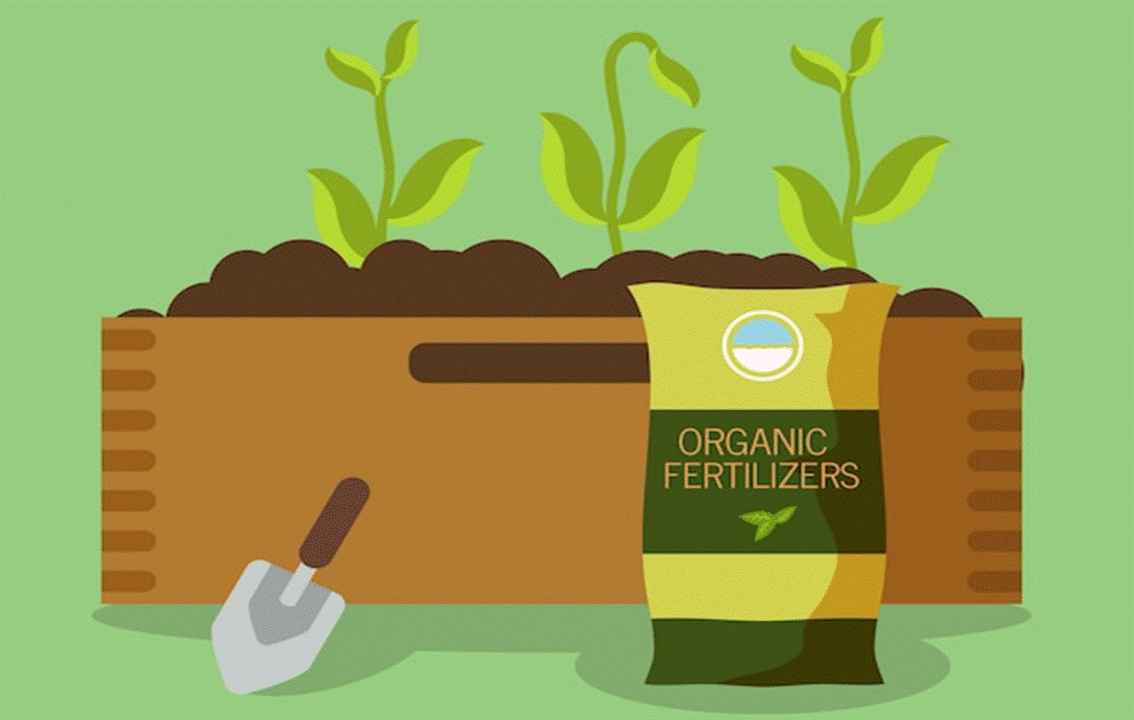THE BENEFITS OF PLANTING A HERB GARDEN
Cultivating aromatic herbs can be a fulfilling and rewarding experience that not only enhances the beauty of the garden, but also provides a sustainable source of fresh herbs that can be utilised for cooking, aromatherapy, or used for medicinal purposes. It is a fact that all organic gardens benefit from aromatic herbs, which can be sown directly into the ground or actively grown in pots. Herbs usually attract wildlife that are beneficial to gardens and they also repel some pests naturally. Herbs can also be used as good all-round-border plants and if the right conditions are created, a thriving herb garden will keep kitchens supplied with fresh herbs all year around. Aromatic herbs not only add flavour and fragrance to food but also offer a wide range of health benefits. Herbs like basil, mint, rosemary, and lavender are rich in essential oils, antioxidants, and vitamins that support overall health and well-being. Growing these herbs gives easy access to fresh, nutrient-dense ingredients that can elevate the taste of your culinary creations and promote a healthier lifestyle. Furthermore, cultivating aromatic herbs can also be a therapeutic activity that helps reduce stress, improve mental clarity, and connect gardeners with nature.
Good planning of where to plant herbs will pay dividends and to establish a thriving organic herb garden there are several essential things to consider
Location: Choosing the right location for your herbs is crucial with most aromatic herbs thriving in sunny locations. Most herbs prefer between 6 to 8 hours of sunlight per day.
Soil: Most herbs prefer well-drained soil that is rich in organic matter. Adding compost or organic fertilizers can help improve soil fertility and provide essential nutrients for your herbs to grow healthy and strong.
Irrigation: A proper watering regime is essential for a herb garden’s success. While herbs generally prefer slightly dryer conditions, it is important to water them regularly, especially during hot and dry periods. Avoid overwatering, however, as this can cause root rot. Mulching around your herbs can help retain moisture in the soil, suppress weeds, and regulate soil temperature, creating a conducive environment for herb growth.
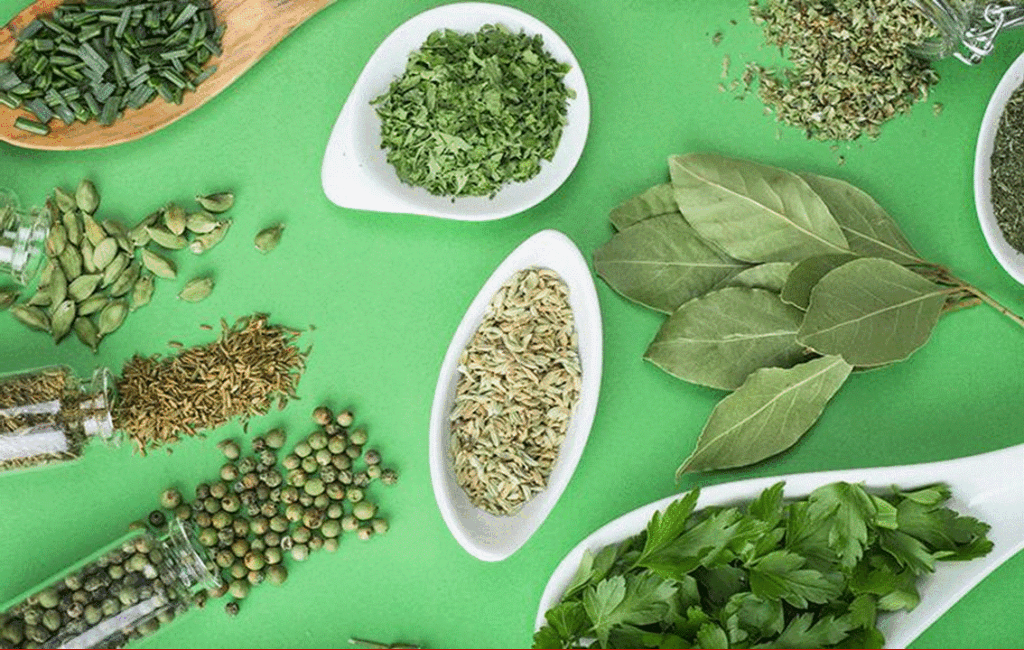
Several herbs grow well in temperate climates, but here are some of the best options
Basil: This herb is great for indoor pots or outdoor gardens, but prefers a sunny spot and well-drained soil.
Chives: This hardy, easy-to-grow herb thrives in various conditions and can be harvested regularly.
Mint: This vigorous herb can spread quickly, so it’s best to grow it in a pot or container. This herb can tolerate full sun, but it prefers partial shade.
Parsley: Both flat-leaf and curly parsley are versatile and easy to grow and can be sown directly into the ground or in pots.
Thyme: This hardy herb is drought-tolerant and prefers full sun. It grows well in poor soil and can be used fresh or dried.
Oregano: This hardy herb thrives in full sun and well-drained soil and is a favourite for Mediterranean dishes.
Rosemary: A robust herb that prefers well-drained soil and full sun. It is drought-resistant once established.
Sage: Grows well in full sun and well-drained soil, and its leaves can be used in cooking.
Coriander: Grows quickly and is excellent for culinary use, especially in Asian and Latin dishes.
Fennel: An aromatic herb that can be grown for its leaves and bulbs. It prefers a sunny location.
